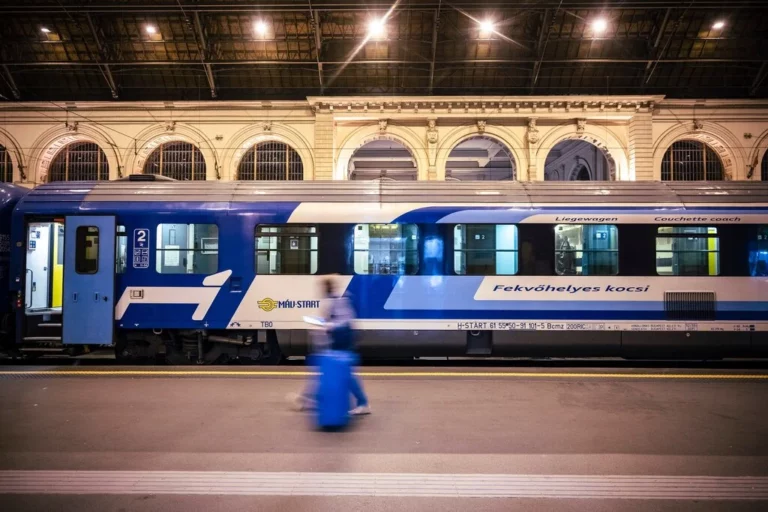railway
Delays expected: German rail strike to affect trains running via Hungary

Good news: More trains to commute between Budapest and Vienna!

German rail disruptions expected due to strike, Hungarian trains affected

UNEXPECTED: Hungarian railways halved ticket price cost!

High-speed railway to link Budapest and Athens

MÁV hits a new negative record: Statistics regarding the delays in 2023

BREAKING NEWS: Budapest and the Government reach agreement on new public transport season tickets

Brutal record delays at Hungarian State Railways: 5 years and 8 months in 2023

Minister to chop up one of the biggest Hungarian state-owned transport companies

VIDEO: Large railway construction project reaches new phase in Hungary

International railway services from Hungary affected by German strike

Important changes coming to the Austro-Hungarian railway network

Warning: Hungarian trains affected by German rail strike

VIDEO: There was one piece of good news about MÁV at the end of the year

Christmas miracle: Scaffolding removed from façade of iconic Nyugati Railway Station – PHOTOS

Complete overhaul of Hungarian public transport tickets coming, extending free travel

Iconic facade of Nyugati railway station renovated, scaffolding removed – PHOTO

International train between Hungary and Romania ceases operation





 ZH
ZH IT
IT DE
DE HR
HR NL
NL FR
FR JA
JA RO
RO RU
RU ES
ES TR
TR
